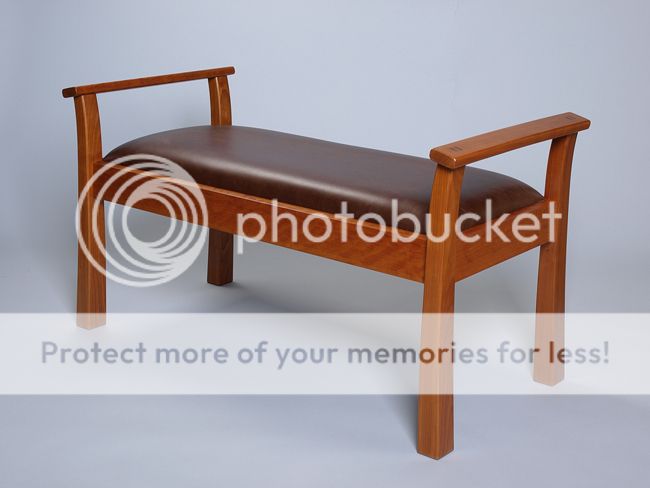Remi 9
TPF Noob!
- Joined
- Feb 22, 2010
- Messages
- 3
- Reaction score
- 0
- Location
- Vancouver
- Can others edit my Photos
- Photos OK to edit
To start off with, this is the equipment I already have:
Nikon D300
D70s
50mm f1.8 lens
18-80 kit lens
and 70-200 f2.8
I also have a SB-800 flash unit,
a couple of pocket wizards,
umbrella with stand
and a round reflector
I'm starting a furniture company now and I need to properly shoot everything for the website.
I have some quick shots on my flickr stream:
Furniture - a set on Flickr
But what I want is proper studio style shots of each piece, something I can repeat for a consistent look in the future. I will be shooting furniture twice a month on average.
I was thinking of getting a proper backdrop stand and a big "infinity" style backdrop. Probably something dark so the mostly light shade of maple does not blend in with a white background. I will be shooting with my big lens from as far away as possible to cut down on geometric distortions.
Now I know I need more lights then just my sb-800 with a umbrella.
What should I get?
A constant light or strobe? Big Softbox or something more focused?
I don't want to go crazy on studio equipment as that is not my profession, but I will need to use it on a regular basis, so something of good quality would be preferable.
Thanks for any input.
Nikon D300
D70s
50mm f1.8 lens
18-80 kit lens
and 70-200 f2.8
I also have a SB-800 flash unit,
a couple of pocket wizards,
umbrella with stand
and a round reflector
I'm starting a furniture company now and I need to properly shoot everything for the website.
I have some quick shots on my flickr stream:
Furniture - a set on Flickr
But what I want is proper studio style shots of each piece, something I can repeat for a consistent look in the future. I will be shooting furniture twice a month on average.
I was thinking of getting a proper backdrop stand and a big "infinity" style backdrop. Probably something dark so the mostly light shade of maple does not blend in with a white background. I will be shooting with my big lens from as far away as possible to cut down on geometric distortions.
Now I know I need more lights then just my sb-800 with a umbrella.
What should I get?
A constant light or strobe? Big Softbox or something more focused?
I don't want to go crazy on studio equipment as that is not my profession, but I will need to use it on a regular basis, so something of good quality would be preferable.
Thanks for any input.














